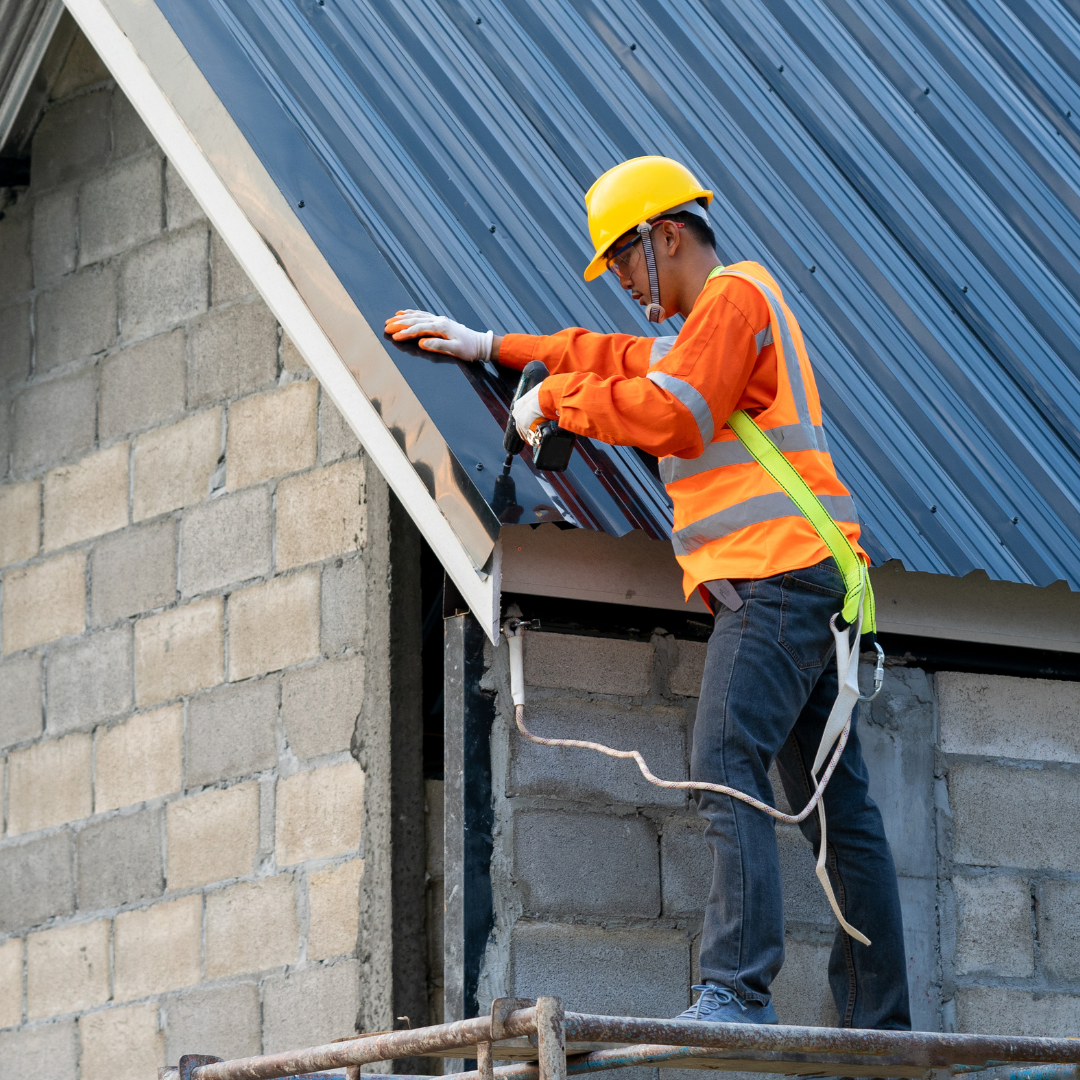Preventative Winter Maintenance Checklist for Community Managers
As the chill of winter approaches, community managers are tasked with the critical responsibility of safeguarding their buildings against the elements. Effective winterization is not merely a preventative measure—it's a strategic approach to prolonging the life of your property and ensuring it operates smoothly despite the winter elements.
To help you efficiently navigate these challenges, a detailed preventive maintenance checklist is essential. This checklist will cover key areas that need attention before and during the winter months to ensure your property remains in excellent condition and operates efficiently throughout the season.
Roof and Gutter Maintenance: Your First Line of Defense
The roof and gutters perform the critical role of protecting the building interior from the elements, and directing water away from the building. Ensuring they are in top condition is crucial:
Inspect your roof for signs of wear such as broken tiles or loose shingles. Early detection of these issues can prevent minor problems from turning into major leaks.
Clean gutters and downspouts thoroughly to ensure water flows freely. This prevents water back-up, which can cause extensive roof and facade damage over time.
Check and repair sealants and flashing around vents and chimneys. These areas are vulnerable to leaks, which can lead to internal damage if not addressed.
Ensure flat roof drainage systems are clear to prevent water accumulation, which can cause structural strain and leakage.
Windows and Doors: Sealing Warmth and Safety Inside
Windows and doors are common culprits for heat loss in winter. Proper sealing is essential to maintain a comfortable indoor environment and reduce heating costs:
Examine and seal drafts with fresh caulking or weather-stripping to keep the cold air out and the warm air in.
Inspect frames for any signs of damage or decay. Repair or replace any deteriorated parts to enhance insulation.
Check the functionality of locks and closing mechanisms to ensure they operate smoothly, which is especially important during emergencies.
Exterior Walls and Foundations: Fortifying Your Building’s Envelope
Protecting the integrity of your exterior walls and foundations is vital for thermal efficiency and moisture control:
Inspect and seal any cracks or openings in exterior walls to prevent cold drafts and water ingress that can damage the structure over time.
Evaluate your foundation for moisture signs and seal as necessary to avoid water damage and potential mold growth.
Ensure all penetrations by pipes or cables are securely sealed to stop air leaks and potential pest entry.
Safety Systems: Keeping Your Tenants Secure
Winter poses unique challenges such as increased use of heating systems which can heighten risks like fires or carbon monoxide poisoning:
Test and replace batteries in all smoke detectors and carbon monoxide detectors. This simple step is life-saving.
Ensure emergency lighting and exit signs are fully operational as shorter days mean more reliance on artificial lighting.
Review and update your emergency preparedness plans, focusing on potential winter issues like heating failures or power outages.
Landscaping and Outdoor Safety:
Proper outdoor maintenance can prevent injury and structural damage from winter storms:
Prune trees and shrubs to prevent compromised limbs and branches from breakage and damaging structures.
Check walkways for slip hazards to enhance safety for tenants and visitors.
Interior Spaces: Safeguarding Against Slips and Chills
Inspect and maintain flooring to avoid slip hazards.
Adjust lighting timers according to shorter daylight hours to ensure well-lit common areas.
Check and prepare space heaters if used, ensuring they meet safety standards to avoid fire hazards.
Energy Efficiency: Optimizing Operations and Costs
Adjust thermostat settings to balance energy savings with comfort.
Install thermal curtains in common areas to minimize heat loss.
Conduct an energy audit to pinpoint further savings opportunities, potentially leading to significant cost reductions.
Documentation and Record Keeping:
Document all inspections, repairs, and replacements. This is essential for warranty purposes and future planning.
Update heating systems and structural changes in your property logs to maintain an accurate history of your building’s condition.
The Take Away
The value of preventive maintenance is immeasurable, particularly as it prevents the escalation of minor issues into major emergencies. Regular winter maintenance is an investment in the durability and efficiency of your property.
By following this comprehensive preventive maintenance checklist, property managers and building owners can ensure that their buildings are well-prepared for the winter months. This not only helps to maintain the structural integrity and functionality of the property but also enhances the comfort and safety of tenants, ultimately contributing to longer-term property management success.













